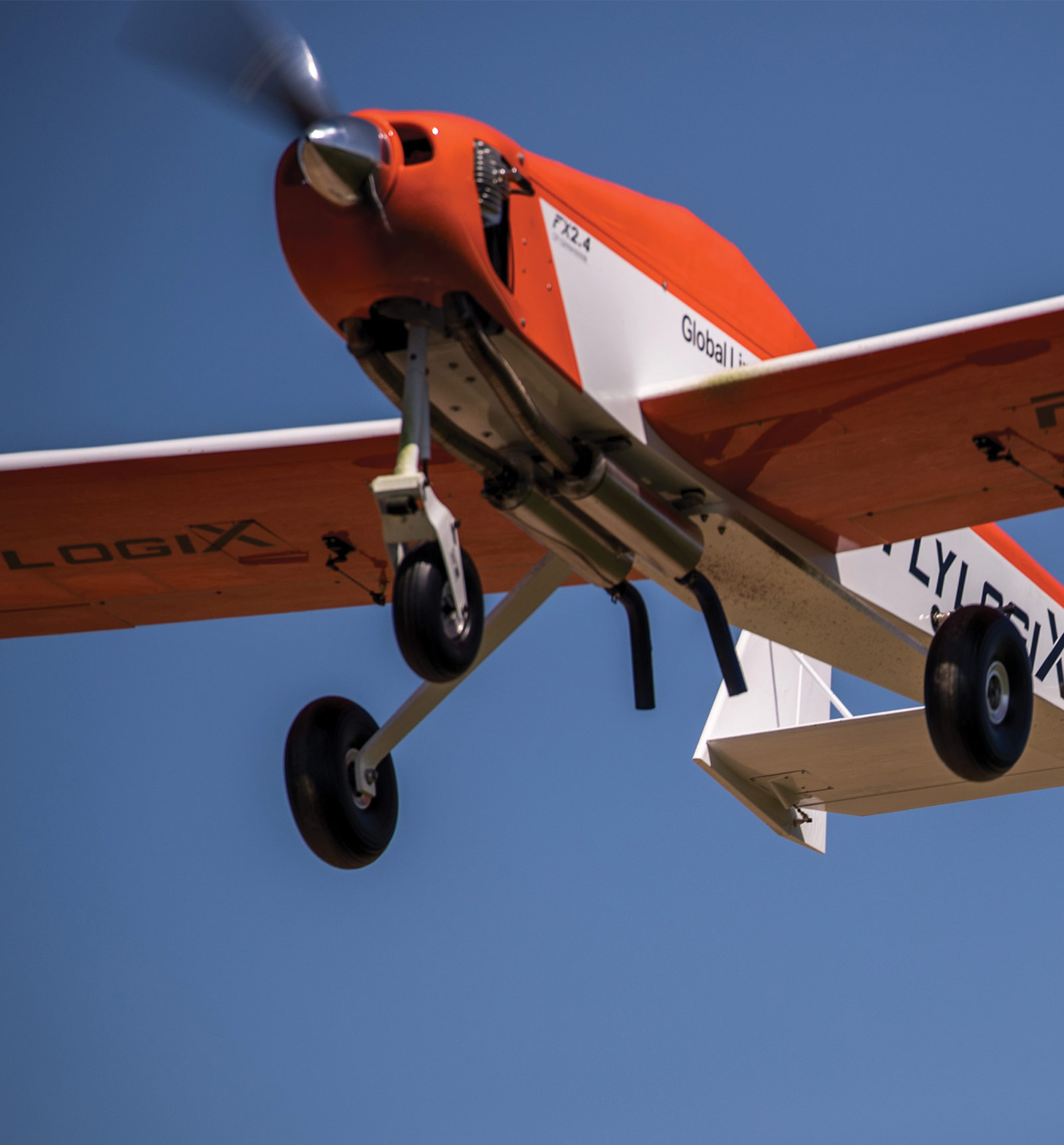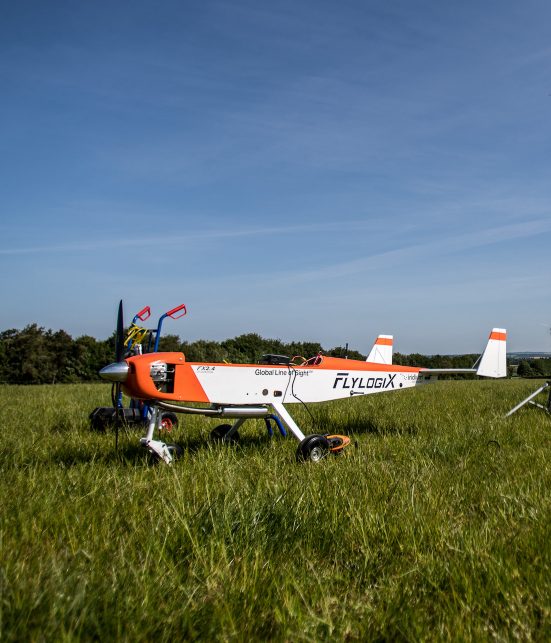
At A Glance:
-
The Challenge
Offshore oil and gas rigs require maintenance and emissions monitoring to comply with various regulations.
-
The Solution
Remotely piloted drones are smaller, lighter, more affordable, and less disruptive, allowing companies to send sensors into the field and collect critical data.
-
The Impact
Environmental and emissions information can be collected over longer periods of time and from a closer location, resulting in more accuracy in the data.
- 1/10th the cost of manned aviation
- 98%less CO₂ than a manned aircraft
- 0persons required offshore
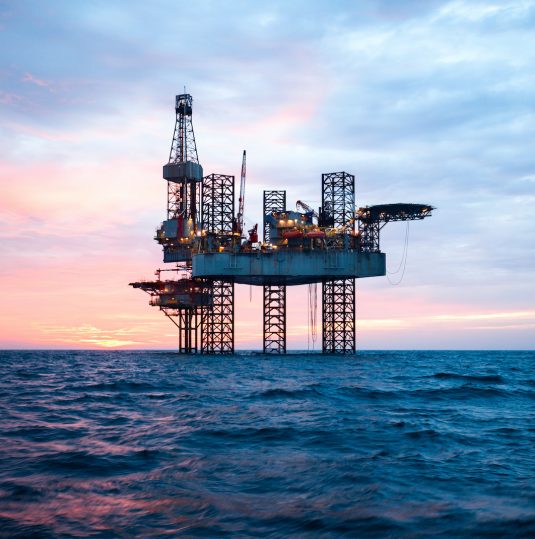
The Challenge
Challenging the conventional methods of environmental monitoring, Flylogix set out to create a solution using remotely piloted vehicles that could improve the process of emissions data collection of offshore oil and gas rigs. Traditionally, monitoring these assets is a difficult and expensive process, and the complexity of gathering this data has meant operators have relied on estimates. Flylogix identified the opportunity to improve this process by equipping unmanned aerial vehicles (UAVs) with monitors, sensors, and recording devices to capture environmental data and bring it back to shore.
Typically, drones are connected through expensive UHF radio; however, the reach of such communications is limited in distance and resiliency. The missions Flylogix was looking to solve required connectivity Beyond Visual Line of Sight (BVLOS), and reliability in any weather conditions.
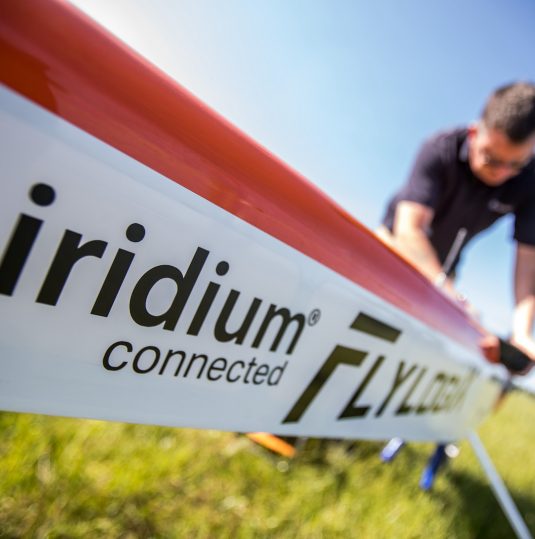
The Solution
Using the Iridium Core 9523 and Iridium 9602 transceivers, Flylogix developed bespoke UAVs with the equipment necessary to collect emissions data from the offshore rigs, as well as the Iridium Connected® communications links necessary to perform essential Command and Control (C2) functions. As the drone circles the rig, it collects and records important environmental data.
While the UAV is on its mission, remote pilots can monitor its engine status, fuel level, speed, attitude, and location, ensuring that the aircraft is flying properly and allowing the pilots to immediately recall the drone if any of the numbers indicate an issue. Iridium provides this connectivity in a way no other communications network can – to anywhere in the world – creating a Global Line of Sight (GLOSSM) offering, regardless of where the pilots or command center are located.
The Impact
Leveraging Iridium’s network to create a GLOS service, far beyond the reach of traditional radio communications or other satellite networks, Flylogix was able to develop a solution that increased visibility and accuracy into offshore oil and gas operations like never before.
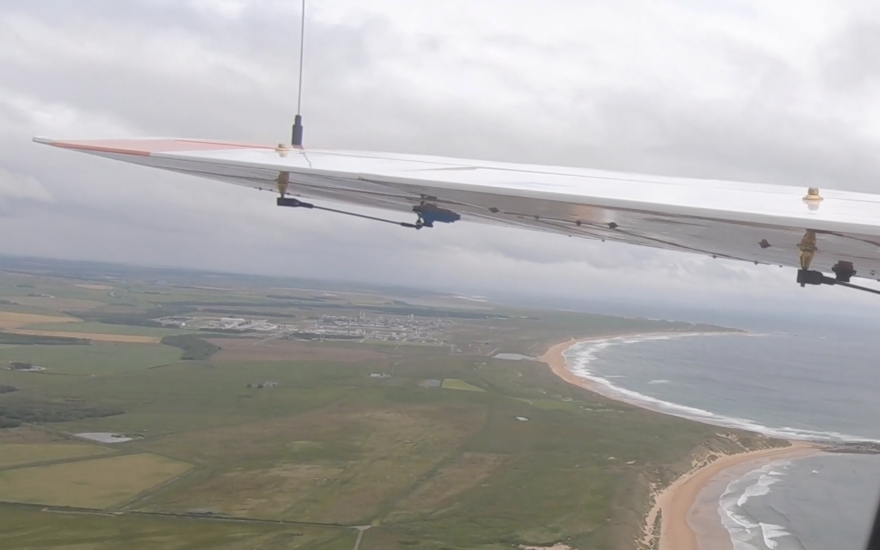
The Future
Want more info?
Get In Touch With Our Team
